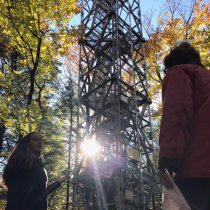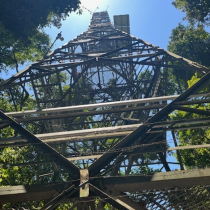Bridging the Data Divide Down Under
December 11, 2012
Scientists of the future may be able to compare the spread of invasive species in the northeastern U.S. with invasive species proliferation throughout Australia and link it to a common cause. NEON is currently participating in a cross-continental discussion about aligning monitoring protocols with the Australian Supersite Network (ASN), part of Australia’s Terrestrial Ecosystem Research Network (TERN). The aim is to enhance interoperability and data comparability between sites in the U.S. and Australia. A major goal of the ASN-NEON meetings is to increase the coherence of the data being collected to allow intercontinental comparisons to be made. For now, it was determined this is best achieved by aligning field-based monitoring protocols. In addition, the adoption of comparable quality control and quality assurance programs and the use of similar data standards will greatly enhance the value of future analyses. The first formal discussion held with the ASN in November 2012 focused on vegetation monitoring protocols. Future discussions will address traceability standards (part of calibration/QA/QC), remote sensing, algorithms, and data infrastructure and bioinformatics. The ASN and NEON are similar in that they both use instruments and field sampling techniques to monitor ecosystem responses to environmental change. Both observatories aim to collect intensive, long-term, detailed datasets on flora, fauna and biophysical processes in significant biomes. Sites share a similar design structure, with an instrument-laden tower at each site to record information about carbon, water and energy. Soil, water and terrestrial biological sampling will be measured in a number of locations at each Supersite/NEON site that represent local ecosystem types, ecological or biophysical gradients. Finally, they each aim to combine site-based data with remote sensing data products to allow a range of calibration and modelling activities that will inform management at a range of scales. While NEON recently began construction, the ASN has already established 10 Supersites distributed across a wide range of major Australian biomes. For more information on ASN and TERN, click for their fall 2012 story on NEON and to go to TERN's web site.


